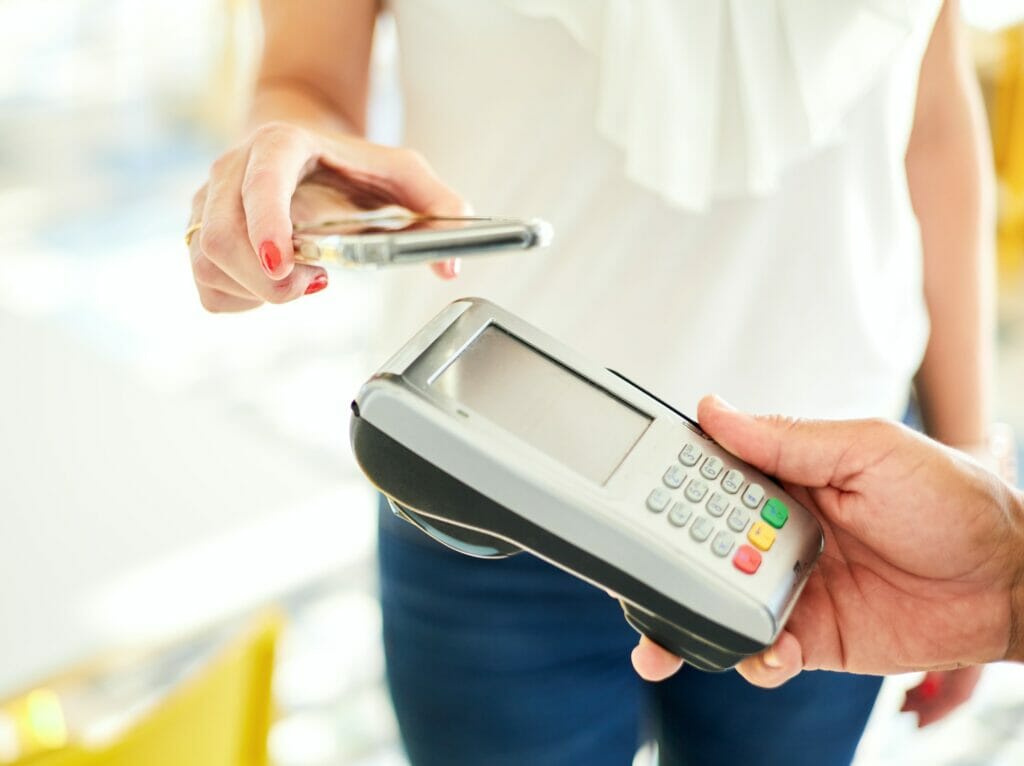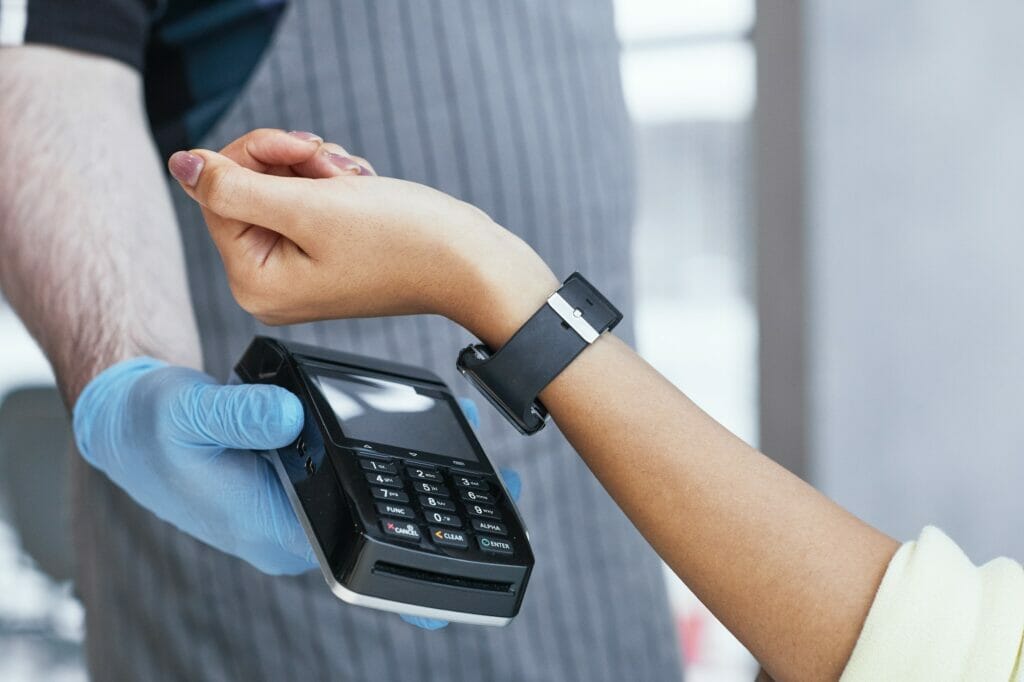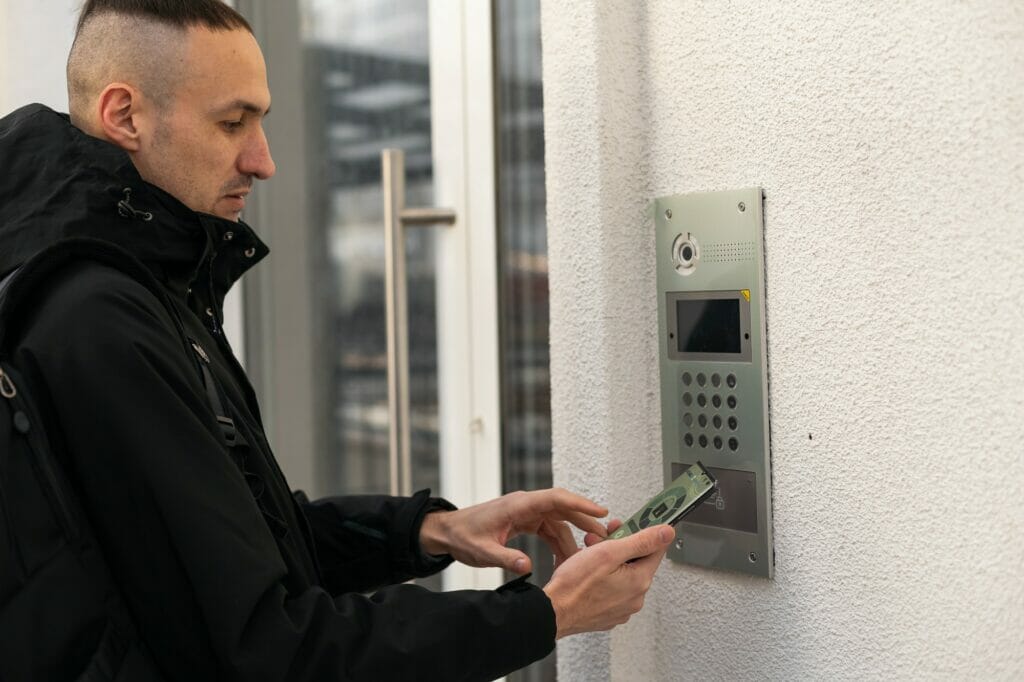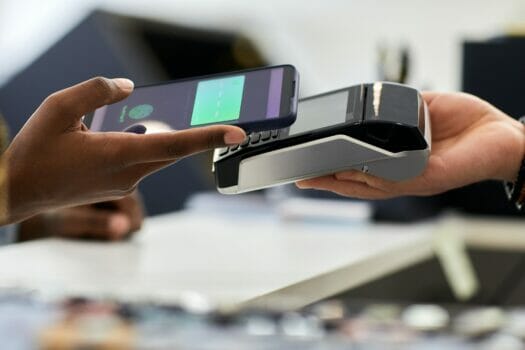Near Field Communication (NFC) is a short-range wireless communication technology that enables the transfer of data between two devices in close proximity. The technology has gained widespread attention due to its ability to enhance communication, streamline transactions, and improve overall user experience. NFC has become an essential technology in many industries and continues to evolve with advancements in technology. NFC is a subset of RFID technology and is designed to provide secure data exchange between two devices.

How NFC Works
NFC technology relies on electromagnetic induction to communicate with other devices. It operates at a frequency of 13.56 MHz and has a communication range of up to 10 centimeters.
NFC uses magnetic field induction to enable communication between two devices. When two NFC-enabled devices are brought close to each other, an electromagnetic field is created between the two devices. This allows the devices to exchange data wirelessly. NFC devices can operate in two modes: active mode and passive mode.
- Active mode: both devices generate an electromagnetic field, and the data exchange occurs between the two devices.
- Passive mode: one device generates an electromagnetic field, and the other device responds to the field.
NFC-enabled devices can also read and write to NFC tags, which are small, passive devices that can store and transfer information.

Applications of NFC
NFC technology has a wide range of applications across various industries, including:
- Payment and transactions: NFC enables contactless payments using mobile devices or credit cards.
- Access control and security: NFC can be used for secure access to buildings, cars, and other restricted areas.
- Information exchange: NFC allows for easy transfer of information between devices, such as contact details, photos, and documents.
- Marketing and advertising: NFC tags can be used for promotional campaigns, providing customers with product information or discounts.
- Transportation and ticketing: NFC-enabled cards or mobile devices can be used for seamless ticketing and travel on public transportation.
- Healthcare: NFC-enabled devices can be used to store and share medical information securely, such as patient records and medication histories.

Pros and Cons of NFC
Pros:
- Convenience: NFC technology allows for quick and easy data transfer between devices. Simply tapping an NFC-enabled device against another NFC-enabled device can instantly transfer data, such as contact information or payment details.
- Security: NFC technology uses encryption to protect data during transfer. Additionally, NFC transactions require close proximity between devices, making it difficult for unauthorized users to intercept data.
- Versatility: NFC technology can be used for a variety of applications, from mobile payments and transportation ticketing to access control and social networking.
- Integration: NFC technology can be easily integrated into existing devices, such as smartphones and tablets, making it a cost-effective solution for businesses.
- Energy Efficient: NFC technology is designed to be energy efficient, requiring minimal power consumption for data transfer.
Cons:
- Limited Range: NFC technology has a limited range of approximately 4cm, which can make it difficult to use in certain applications, such as long-range communication.
- Compatibility: Not all devices are NFC-enabled, which can limit the usefulness of the technology. This can be a particular problem in areas with poor network coverage or outdated technology.
- Security: While NFC technology is generally considered secure, there is still a risk of data interception and unauthorized access. Additionally, NFC-enabled devices can be vulnerable to malware and other security threats.
- Speed: While NFC technology is generally fast, it can be slower than other wireless technologies, such as Bluetooth or Wi-Fi.
- Cost: While NFC technology is becoming more widely available, it can still be expensive to implement in certain applications, such as public transportation ticketing systems or access control systems.

Future of NFC
As more and more devices become NFC-enabled, the use cases for this technology will continue to expand. NFC technology is expected to become increasingly important in the Internet of Things (IoT), allowing smart devices to communicate with each other seamlessly. NFC-enabled smart home devices, for example, could allow users to control their home automation systems simply by tapping their smartphone or smartwatch on a reader.
NFC technology is also expected to play a key role in the development of smart cities, where it could be used for a range of applications such as public transportation ticketing, parking meters, and waste management.
Conclusion
In conclusion, NFC technology has become an important aspect of communication and transactions. Its ability to enable contactless payments, secure access, information exchange, marketing, and ticketing has made it a valuable technology across various industries. With continued advancements and integration with other technologies, NFC is poised to become even more versatile and useful in the future.








